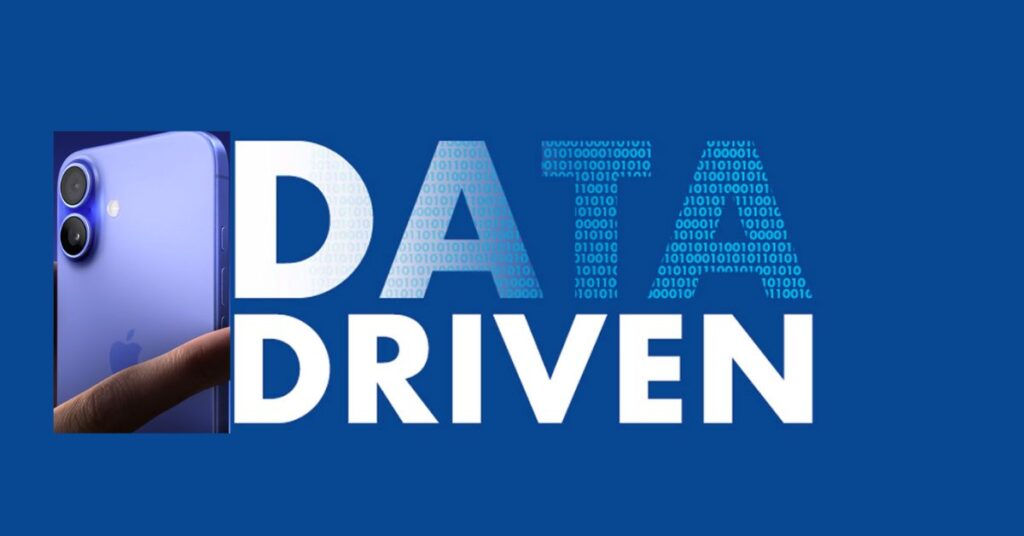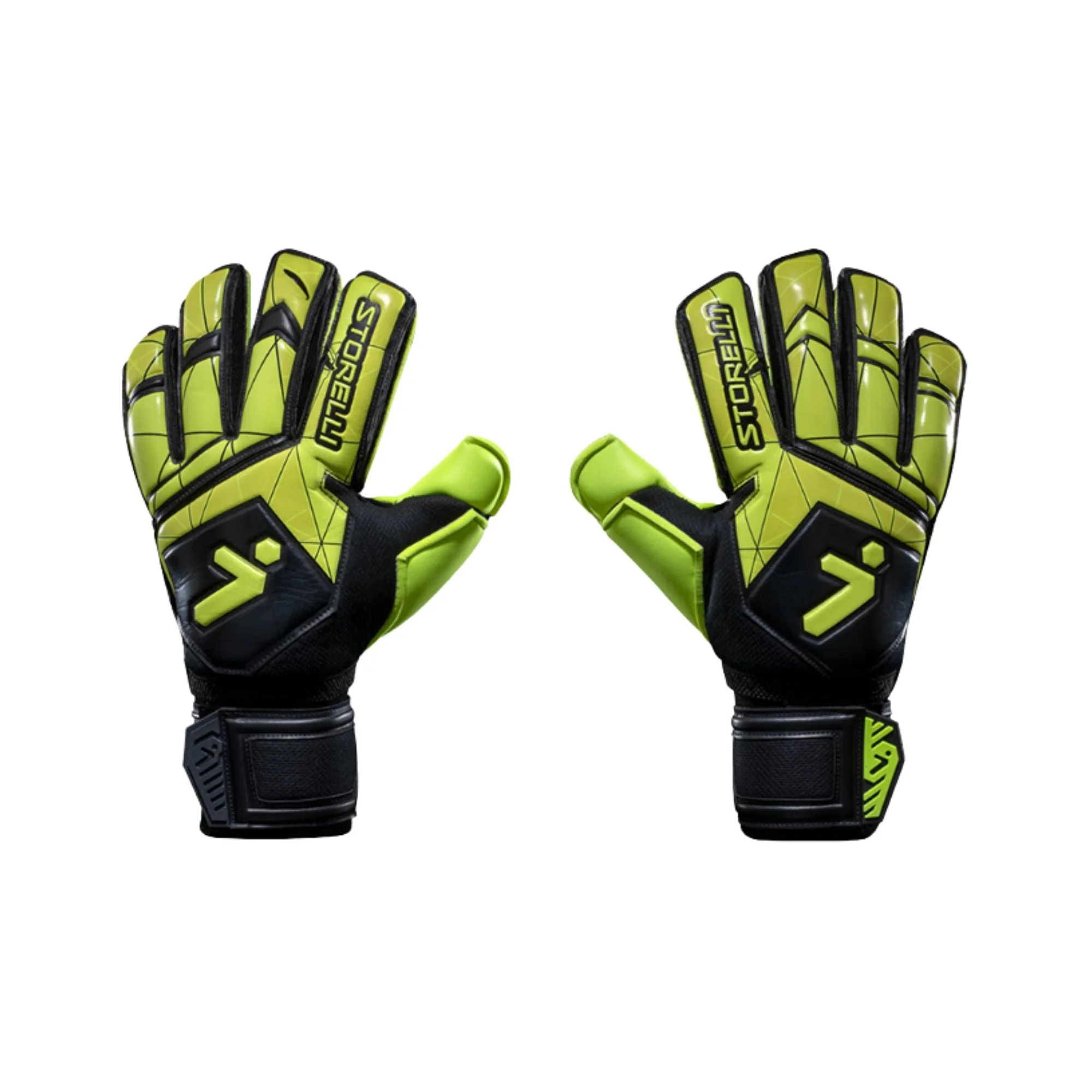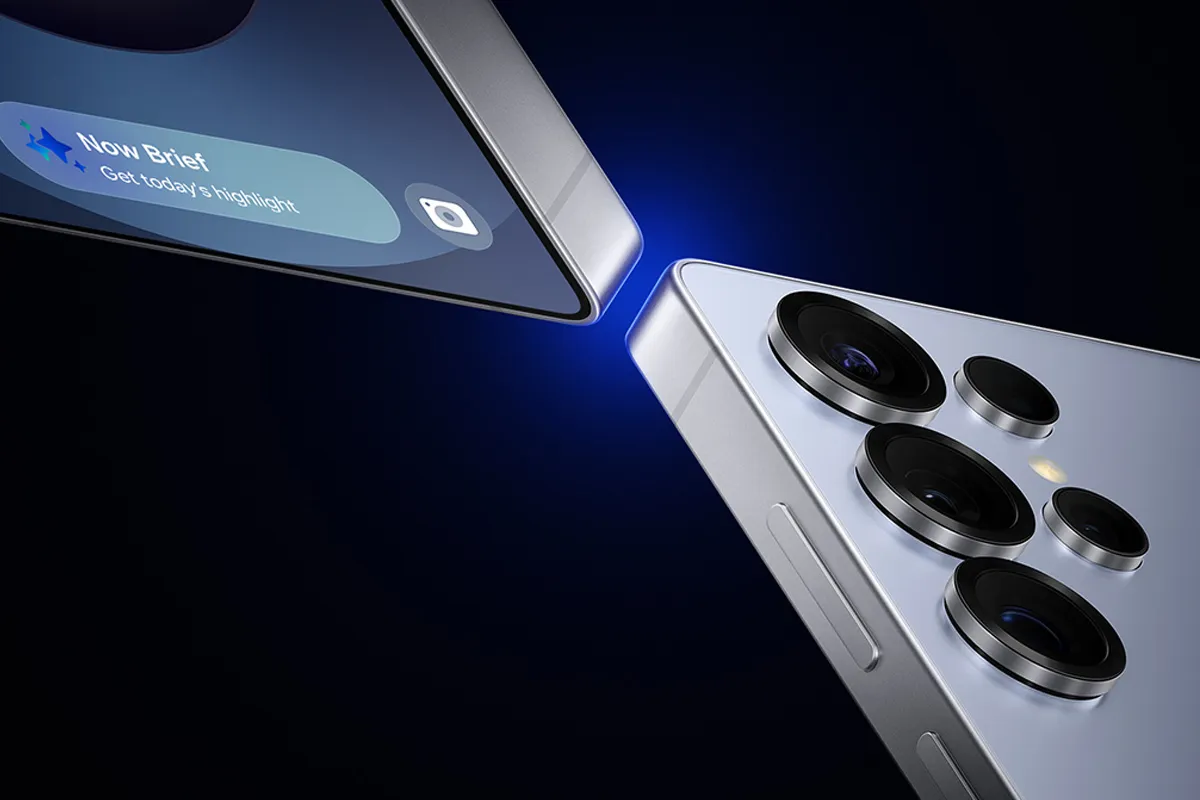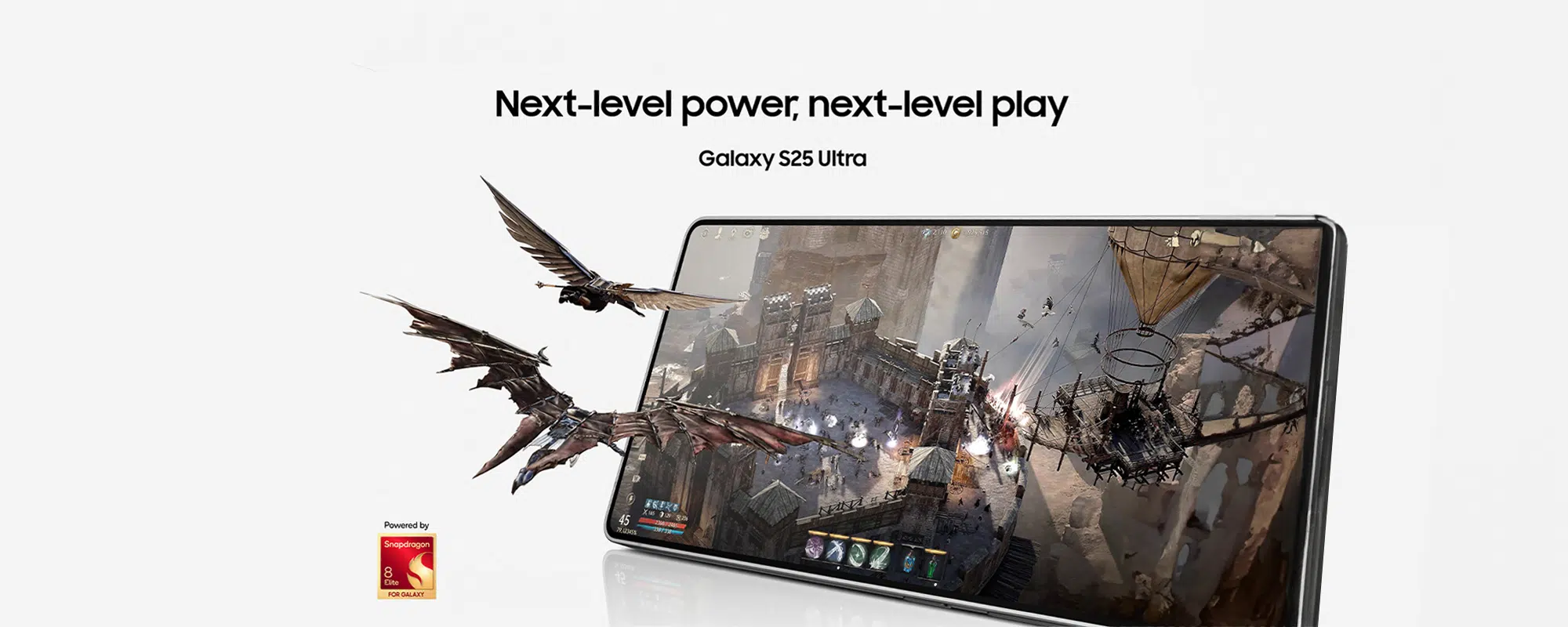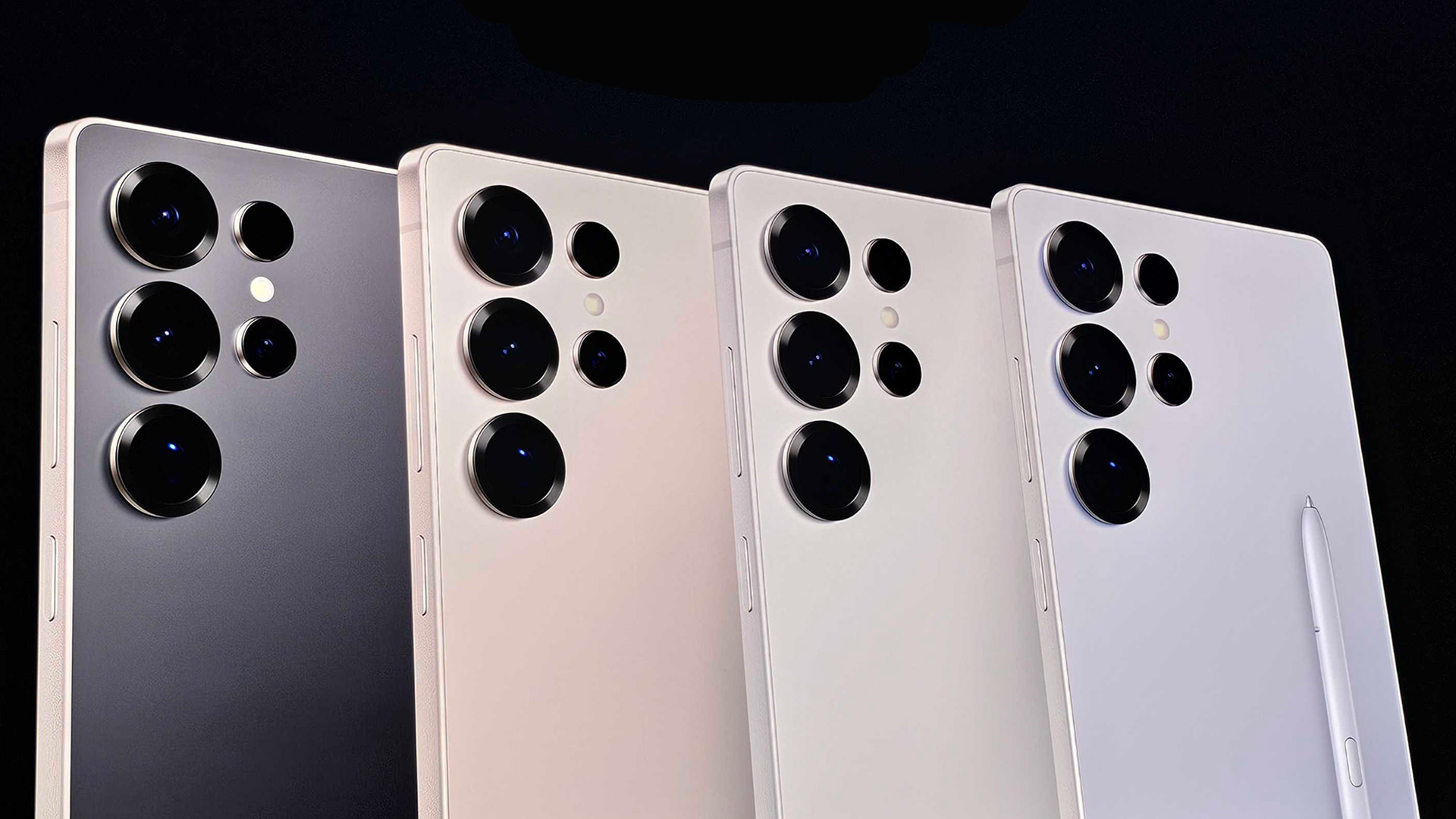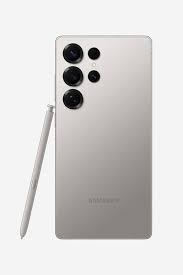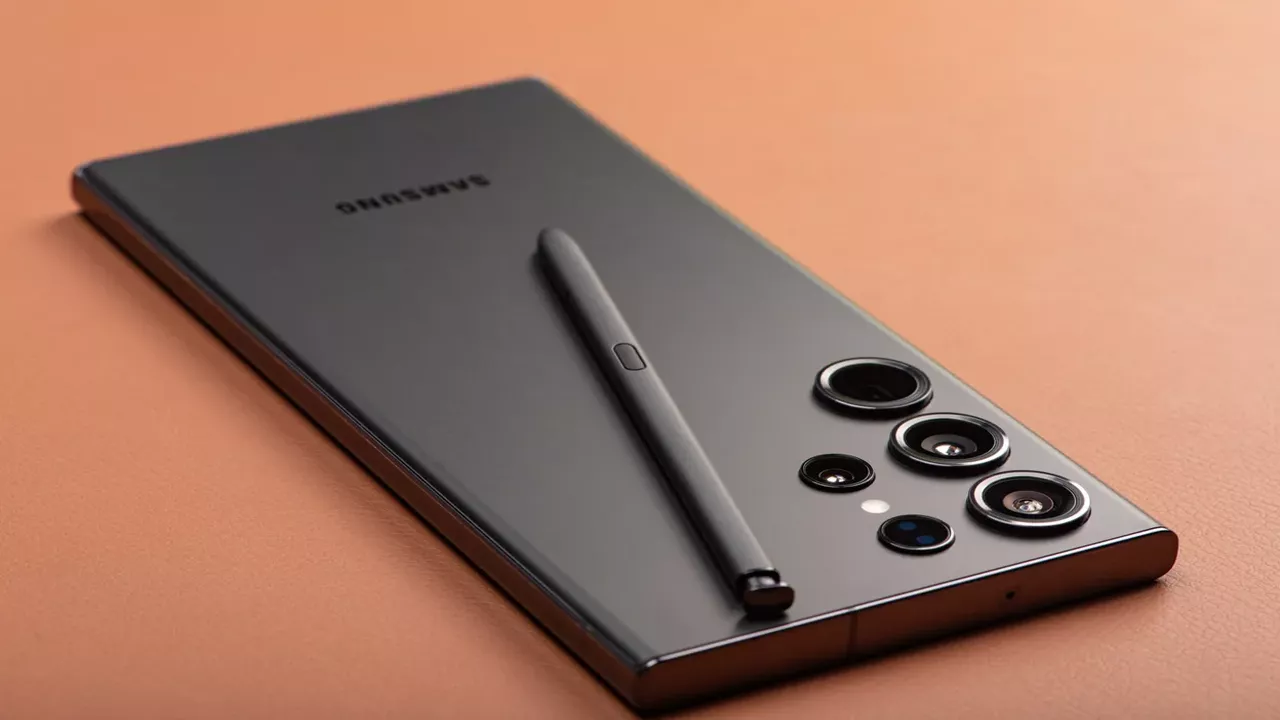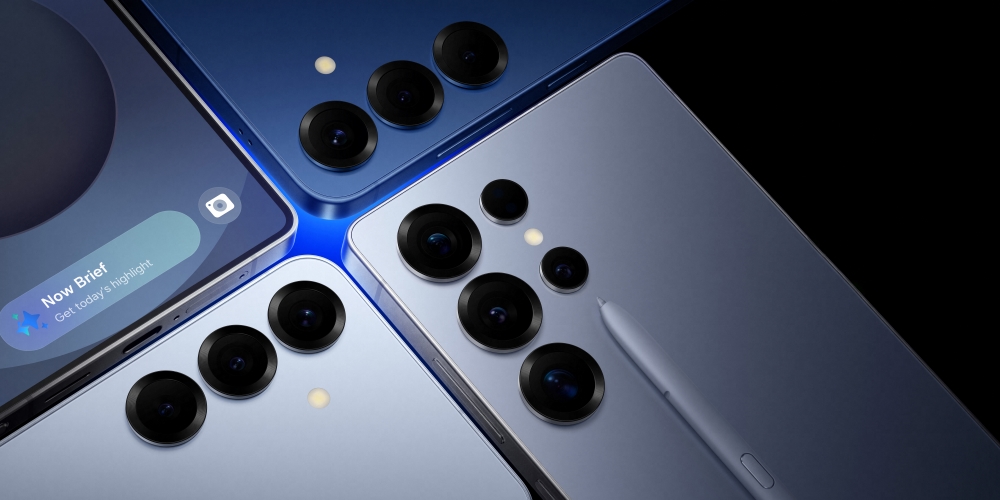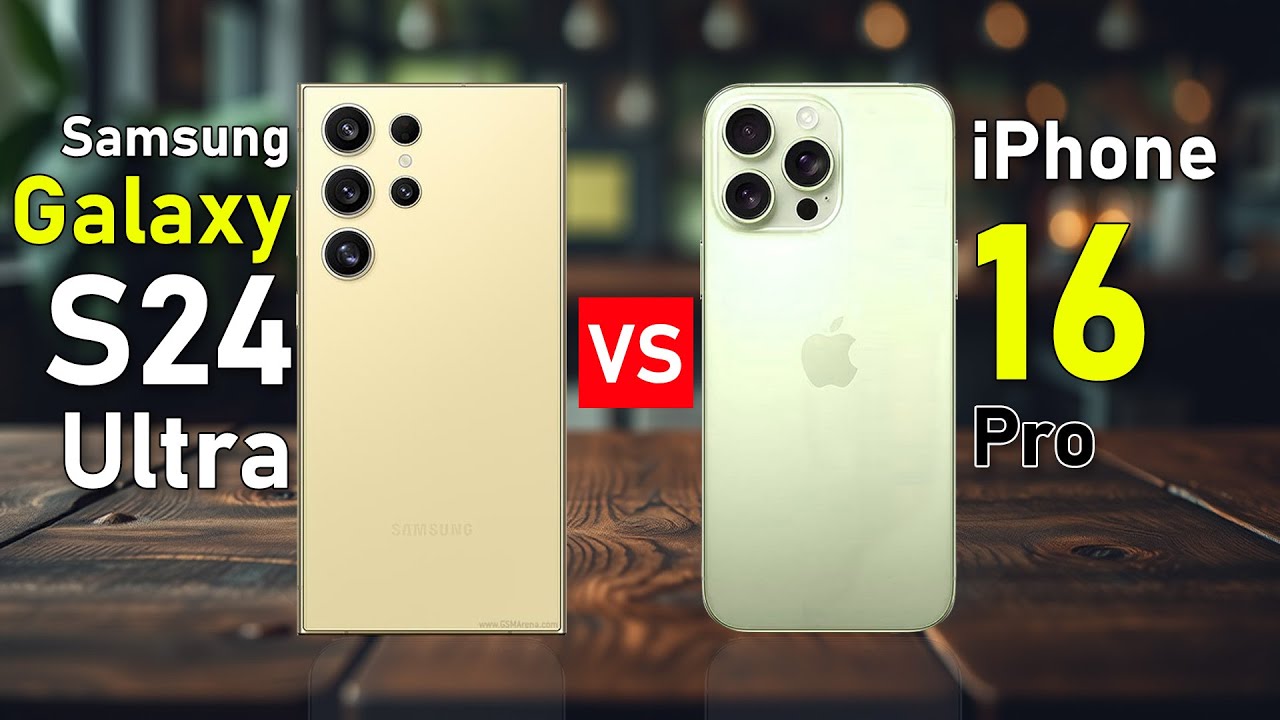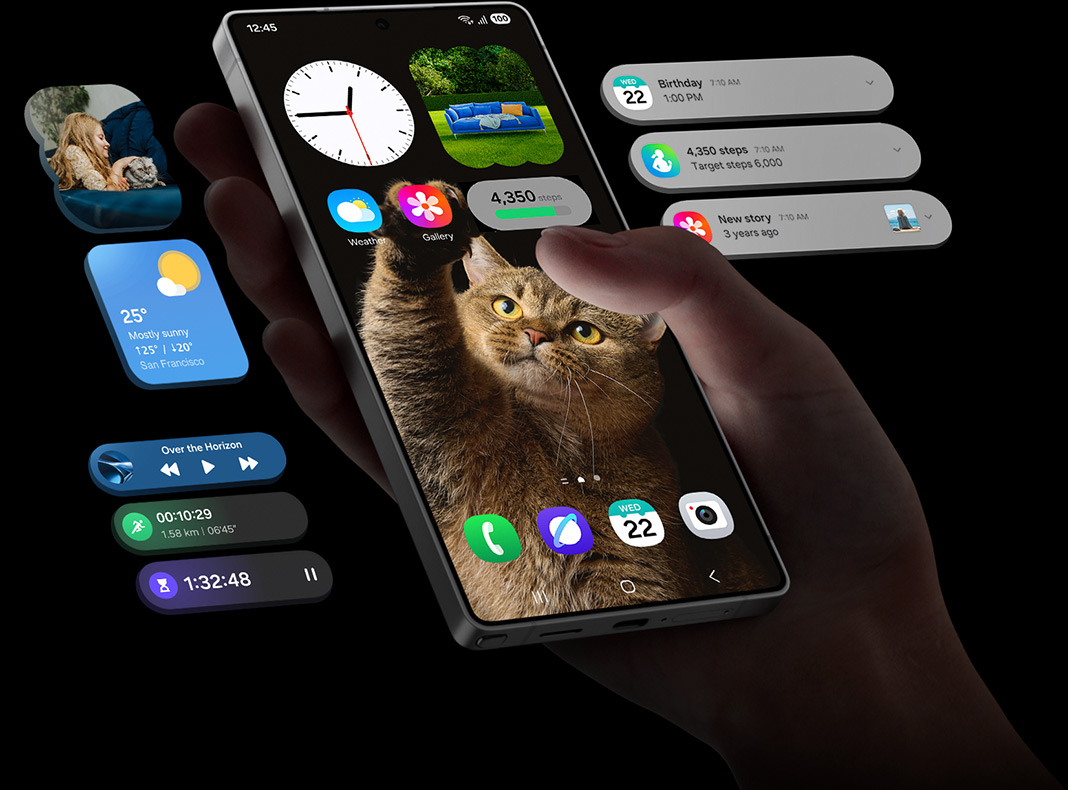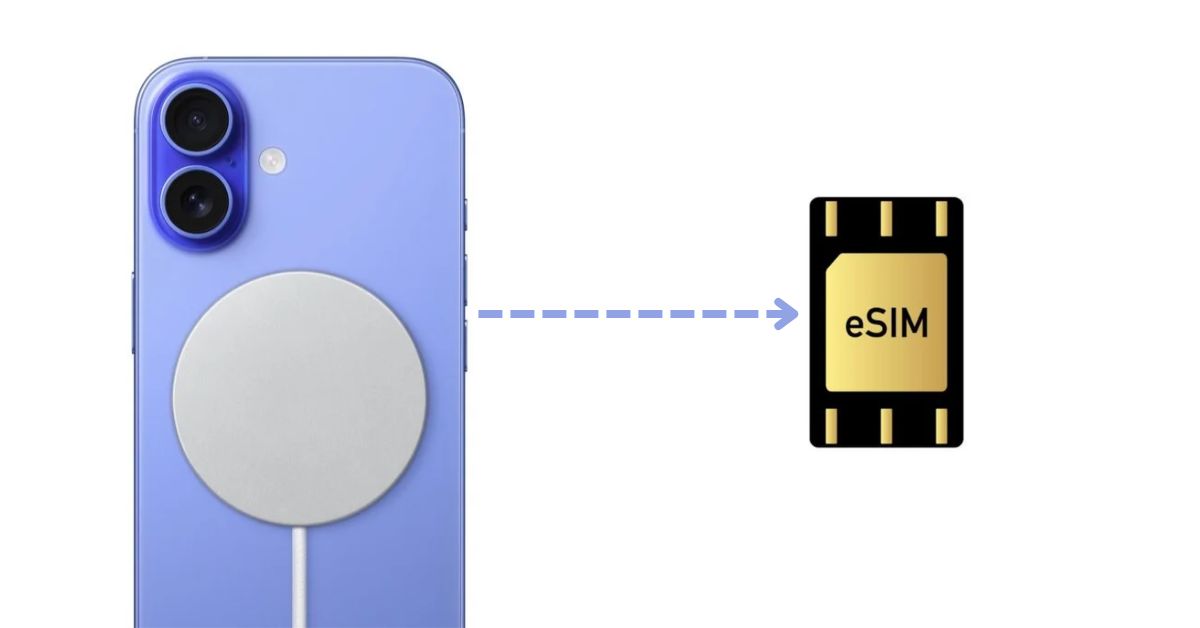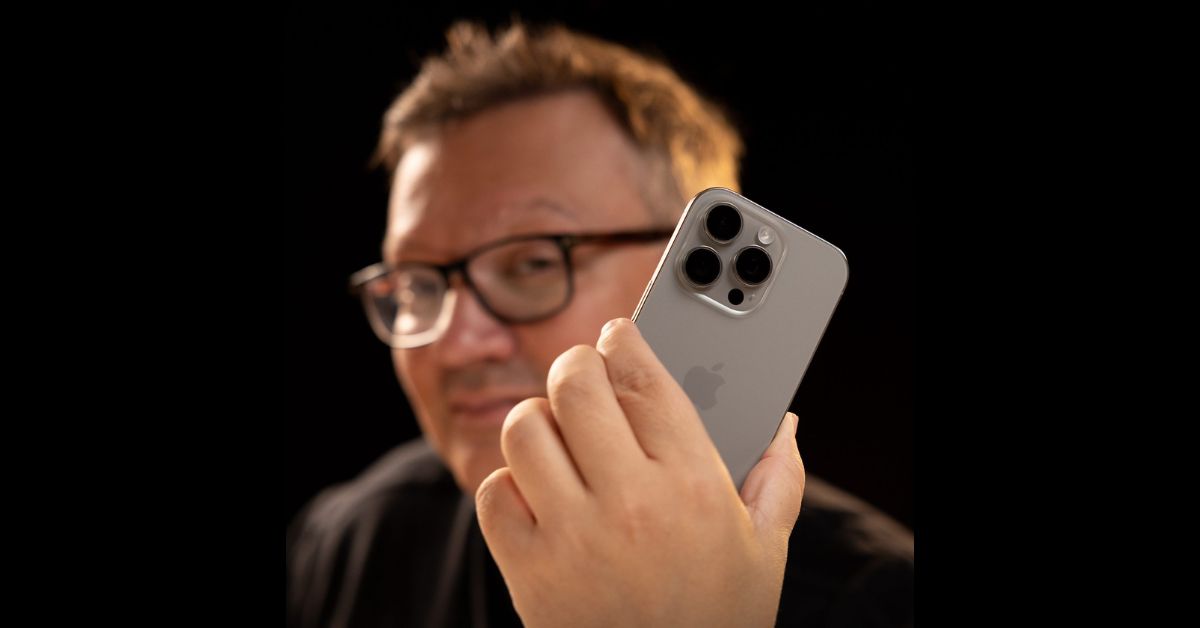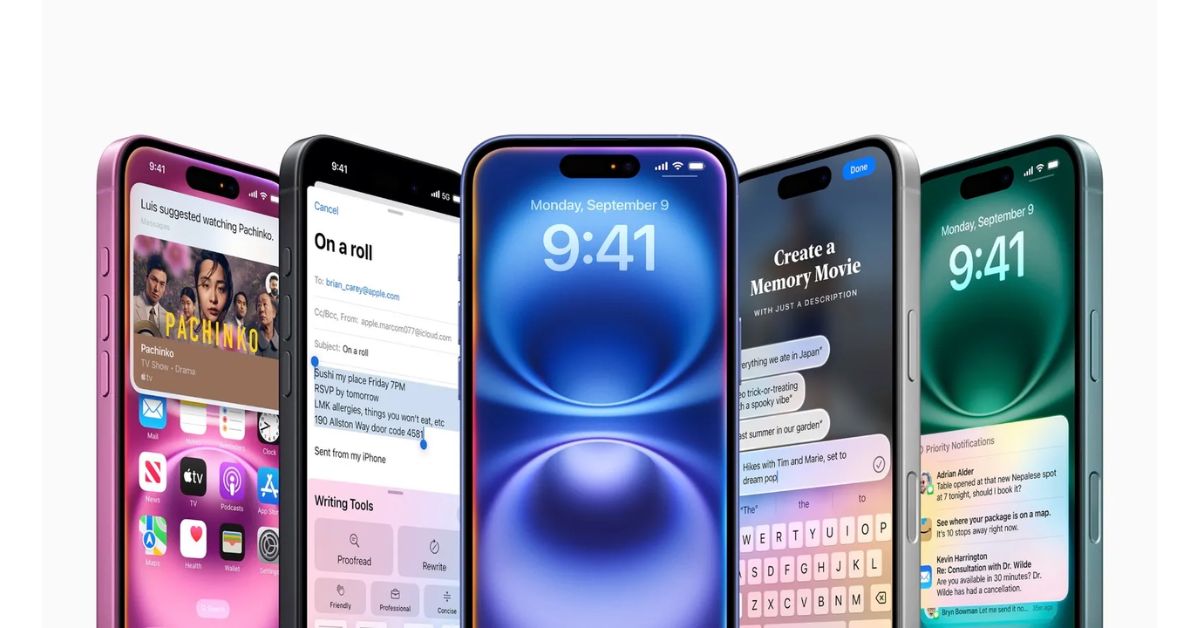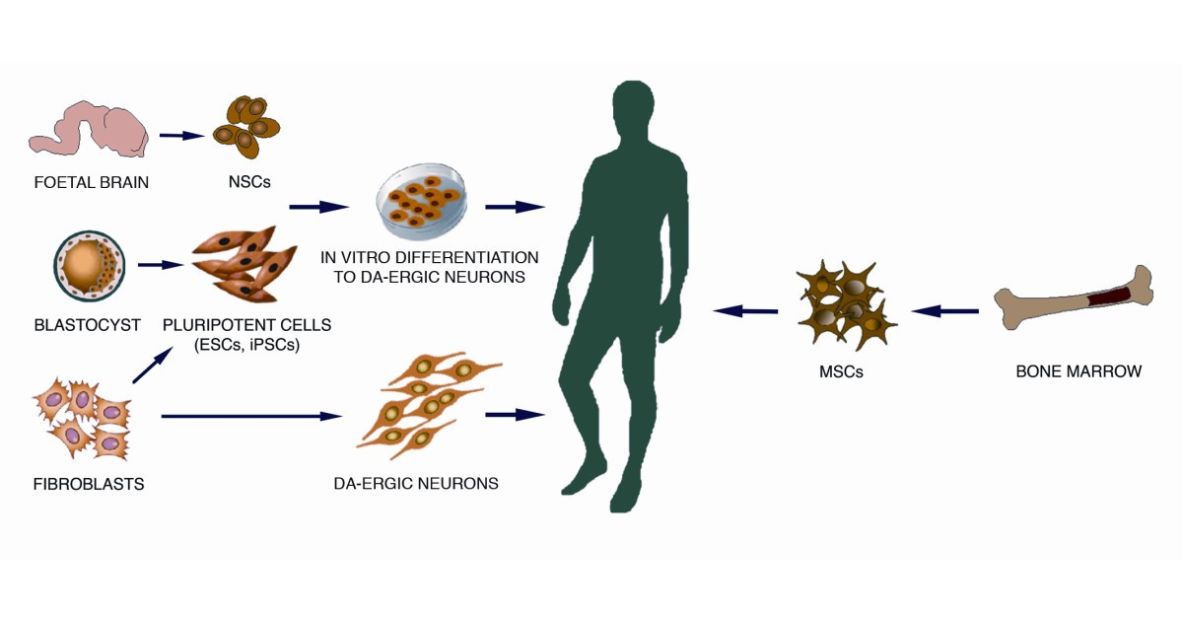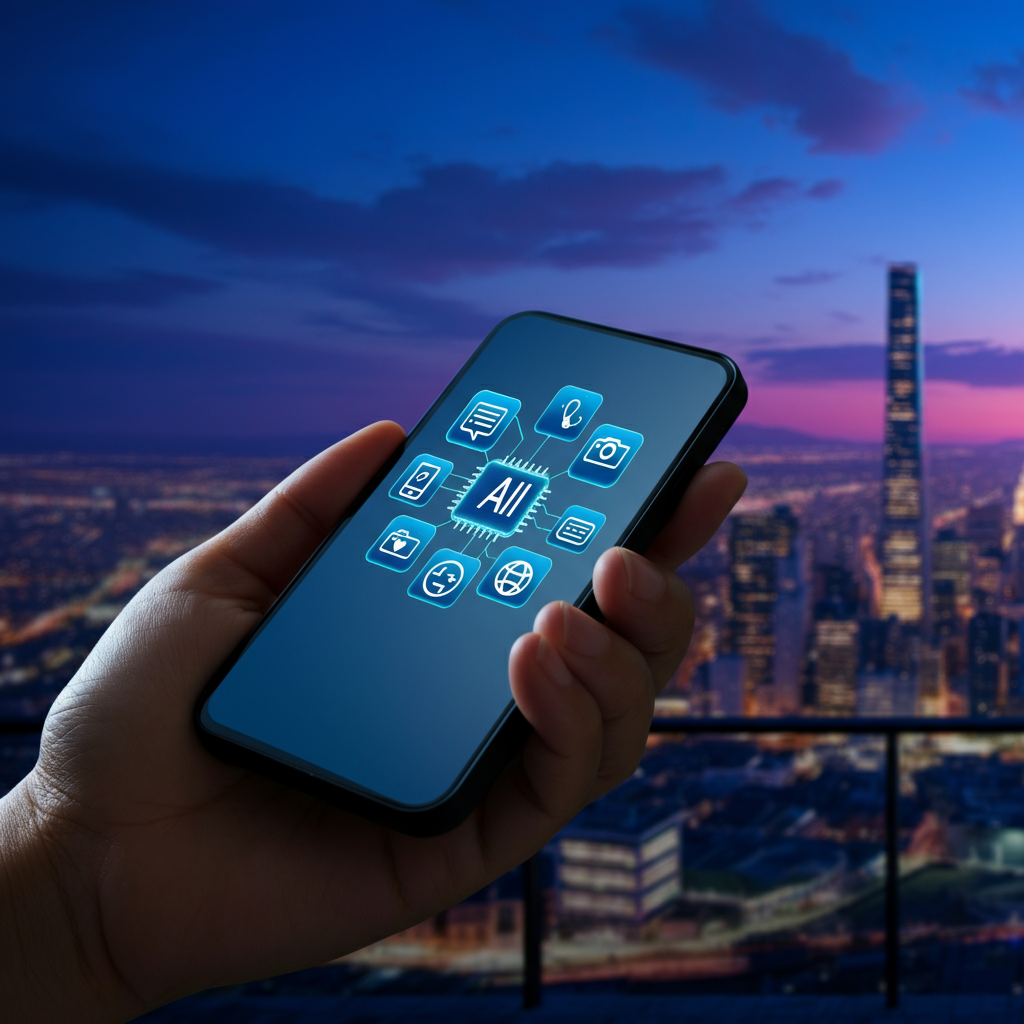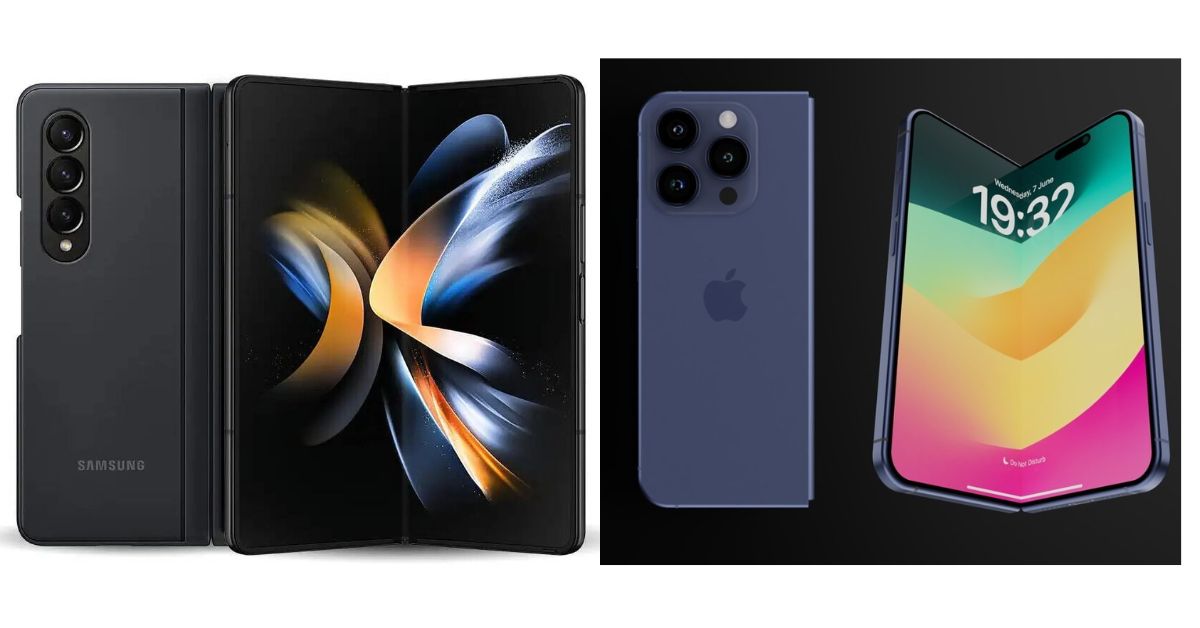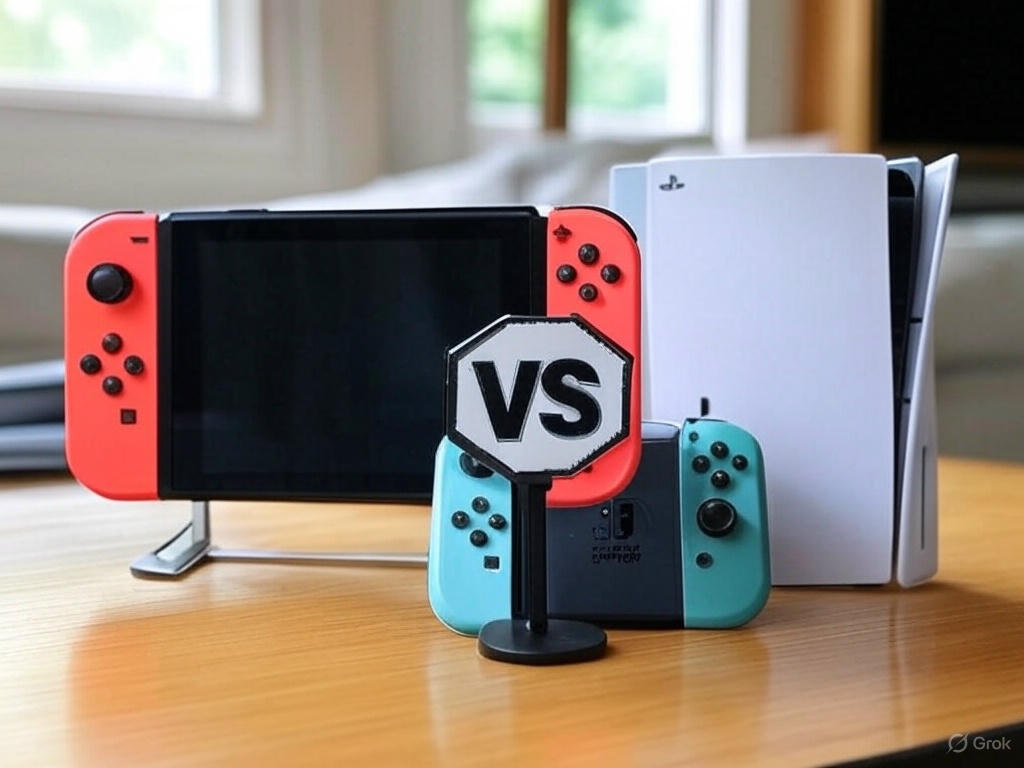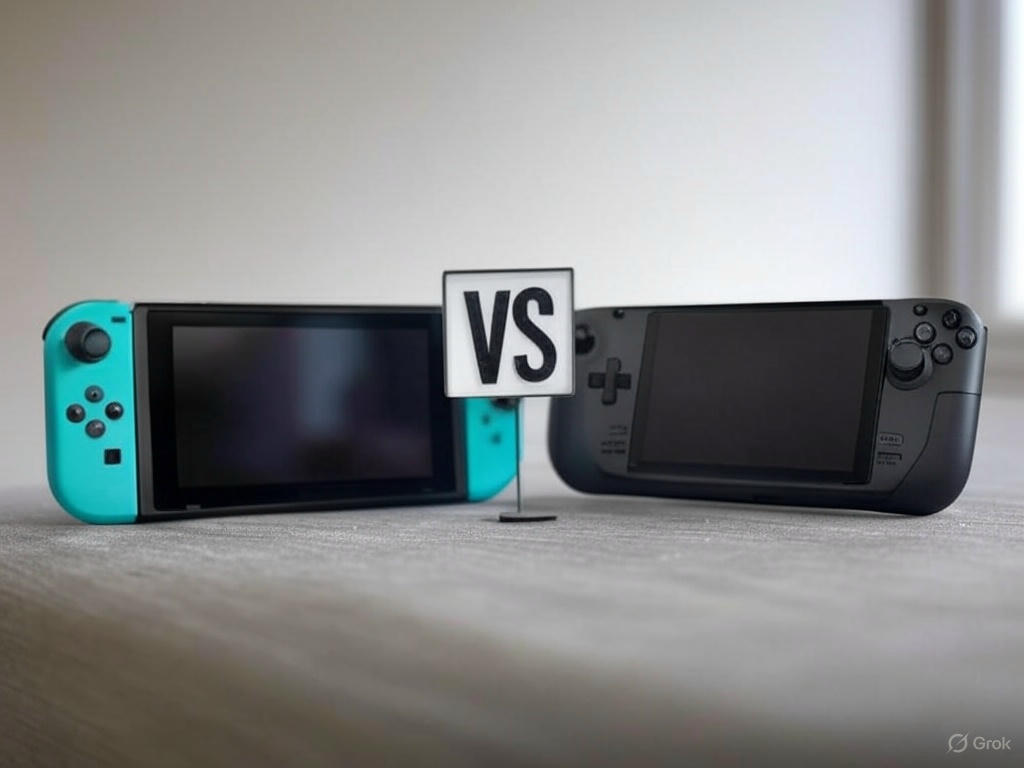The digital landscape of 2025 is dominated by one currency above all others: data. From social media interactions to app usage patterns, your personal data is constantly being collected, stored, analyzed, and sometimes monetized. For tech enthusiasts and privacy-conscious users alike, this presents a pressing question: how can your data be protected in such a data-driven world? Enter the iPhone 16.
Apple continues to position itself as a privacy-first company, and the iPhone 16 is a testament to that ethos. Packed with advanced privacy features, unparalleled on-device processing capabilities, and customizable controls, the iPhone 16 empowers users to take control of their data without compromising on functionality. This post explores how Apple’s flagship smartphone is reshaping expectations for privacy and what it means for the future of technology.
Enhanced On-Device Processing
One of the most significant challenges in today’s digital environment is reducing the reliance on cloud-based processing. With the iPhone 16, Apple doubles down on on-device processing to maintain user privacy.
How It Works
Unlike many smartphones that send large amounts of data to cloud servers for processing, the iPhone 16 processes much of this data locally on your device. Thanks to the next-generation A18 Bionic chip, tasks like language processing for Siri, image recognition in Photos, and predictive text suggestions are executed entirely on-device. This means sensitive data never leaves your phone, minimizing the risk of data interception or misuse.
Why This Matters: On-device processing ensures that your private moments, such as voice commands to Siri or the organization of your photo library, stay just that—private. Apple’s edge computing approach not only protects user data but also delivers faster processing without the need for external servers.
Real-World Benefits
- Faster performance for AI-driven features like predictive text and Siri.
- Reduced dependency on internet connectivity.
- Secured biometric data storage for Face ID and Touch ID directly on the device.
With this hardware-software synergy, the iPhone 16 redefines data security standards while enhancing the user experience.
Privacy-Focused Features
Beyond on-device processing, the iPhone 16 is equipped with tools designed to keep your private information safe and visible only to you. Apple’s software ecosystem prioritizes transparency, enabling users to see and control how their data is used.
End-to-End Encryption
Apple takes end-to-end encryption a step further with the iPhone 16. iMessages, FaceTime calls, and even your Safari browsing history are fully encrypted, ensuring your data stays unreadable to anyone—including Apple.
Privacy Reports
Available at a glance, the iPhone 16’s Privacy Dashboard allows users to view detailed reports on how apps are using their data. You can see how often apps access your location, microphone, camera, and more. This visualization makes it easier than ever to identify and manage apps that might pose a privacy risk.
App Tracking Transparency
Introduced in previous models but now enhanced, App Tracking Transparency gives users more control over third-party tracking. The iPhone 16’s updated feature provides detailed insights into which trackers apps use, along with simplified options to turn tracking off entirely.
Mail Privacy Protection
Email has always been a weak link in online privacy. With Mail Privacy Protection on the iPhone 16, your IP address is masked, and senders are prevented from knowing when you’ve opened an email.
The Result? These features ensure that your personal details remain under lock and key while giving you visibility into how apps and websites interact with your data.
How the iPhone 16 Compares to Competitors
Privacy isn’t just a selling point for Apple; it’s also a major battleground in the smartphone industry. Here’s how the iPhone 16 stacks up against its top competitors:
iPhone 16 vs. Samsung Galaxy S24
While Samsung offers comprehensive security measures like Knox, it relies more heavily on cloud-based processes. Apple’s focus on on-device data handling gives the iPhone 16 a clear edge for privacy-conscious users.
iPhone 16 vs. Google Pixel 8
The Pixel 8 flaunts Google’s AI-first approach but comes with a significant tradeoff. Google’s ecosystem is deeply tied to data collection, which can compromise user privacy. The iPhone 16, by contrast, emphasizes data minimization and transparency.
iPhone 16 vs. Other Android Devices
Many Android devices share data with third-party app marketplaces, leaving users vulnerable. Apple’s tightly controlled App Store ecosystem ensures all apps meet stringent privacy guidelines before they reach your phone.
It’s clear that Apple’s iPhone 16 leads the way in safeguarding user privacy, setting a standard that competitors will need to meet.
Giving Users More Control
Apple believes privacy is a fundamental human right, and the iPhone 16 reflects that philosophy by giving users granular control over their data. From app permissions to system settings, nearly every aspect of your iPhone’s functionality can be customized to suit your privacy preferences.
Key Customization Options:
- Location Services: Share exact locations with select apps or limit access to approximate locations instead.
- App Permissions: Manage microphone, camera, and file access individually for each app.
- Private Relay (Available with iCloud+): This feature lets you browse Safari privately, hiding your IP address from both websites and network providers.
For users who want a tailored experience, the iOS 17 operating system on the iPhone 16 makes it effortless to strike the perfect balance between convenience and confidentiality.
The Future of Privacy in Smartphones
The iPhone 16 is more than just a smartphone; it’s a preview of what privacy-centric technology could look like in the future. Apple’s continued investment in privacy technology sets the tone for the entire industry.
What’s Next?
- AI-Powered Encryption: Machine learning models capable of encrypting data in real time.
- Decentralized Cloud Solutions: Future updates may allow users to store encrypted data across distributed networks while retaining complete ownership.
- Improved Privacy Indicators: New visual cues could offer real-time feedback on data sharing in apps.
By leading these innovations, Apple ensures that the iPhone 16 is not merely a device you buy today but one that continues to adapt to the privacy challenges of tomorrow.
Why the iPhone 16 is the Gold Standard for Privacy
Apple’s iPhone 16 doesn’t just meet privacy expectations; it redefines them. Its cutting-edge on-device processing capabilities, robust privacy-focused tools, and user-centric design make it the clear choice for those who value their digital security. Whether you’re a die-hard tech enthusiast or someone simply looking for peace of mind, the iPhone 16’s privacy features ensure your data is always in safe hands.
Considering an upgrade? The iPhone 16 isn’t just a phone; it’s a commitment to your privacy in a rapidly changing world.

Dominic O. McCoy is a passionate writer who loves crafting engaging and informative blogs on a wide range of topics. With a deep curiosity and a knack for storytelling, he explores everything from lifestyle and technology to business and home improvement. Whether breaking down complex ideas or sharing practical tips, McCoy aims to deliver valuable content that resonates with readers. When he’s not writing, he enjoys learning about new trends and expanding his knowledge to bring fresh perspectives to his work.

